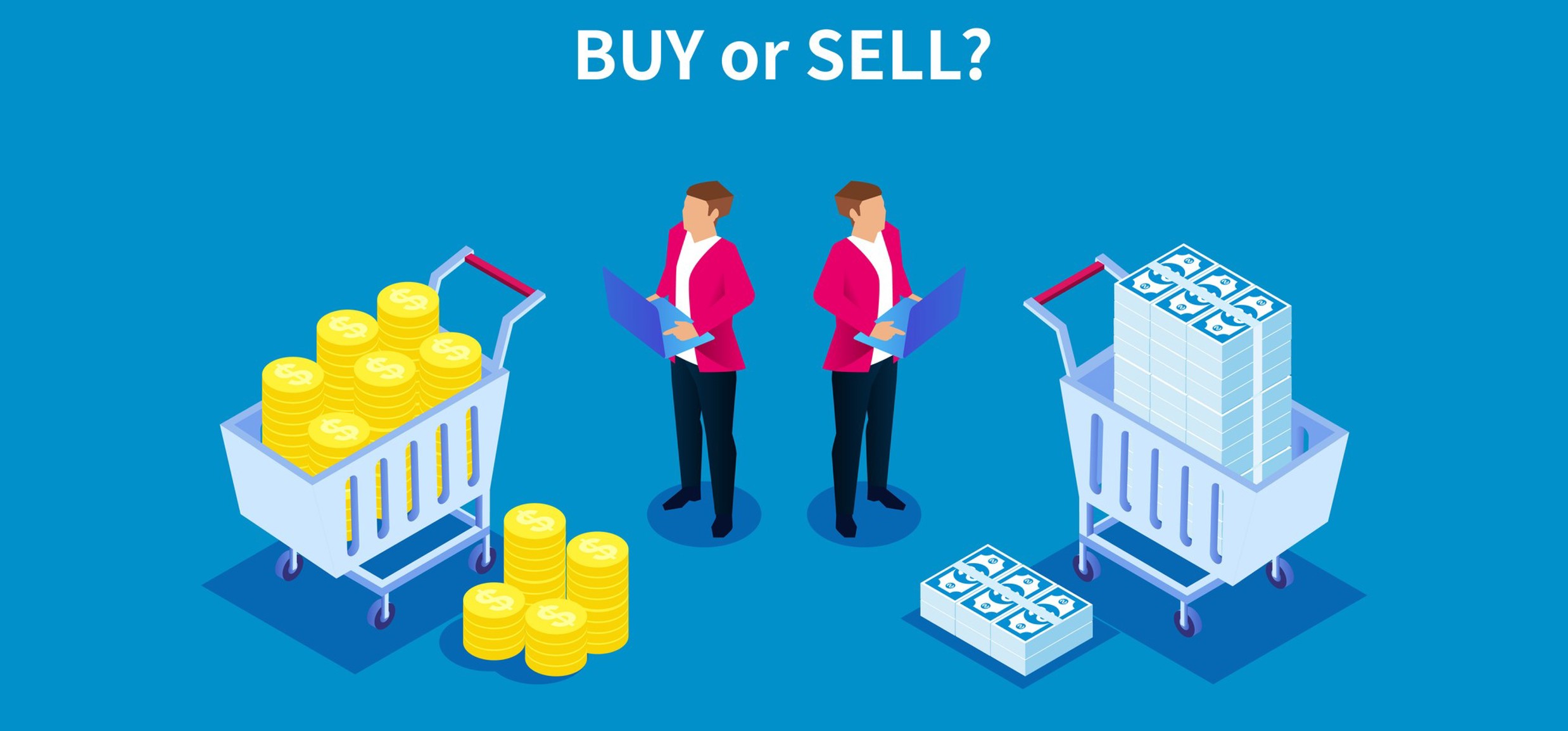
The Digital Disruption of Commodity Sales: Why Pricing Transparency Matters
Commodities are in high demand and include natural resources such as wheat, cattle, soybeans, oranges, various metals, coal and oil. Commodities of the same grade are considered fungible, which essentially means they are interchangeable with other commodities of the same grade, regardless who produced or farmed it. To the buyer, all that matters is the quality is the same. So, how do sellers differentiate their products traditionally? And why is the market primed for disruption?
Price differentiates between sellers
Selling commodities is notoriously difficult. Not because there isn’t a market for them - there is and it’s huge. But because the only way commodity sellers differentiate their products is through price. This means that while they’re offering the same thing as other sellers, they’ve got to compete with numbers – something which is not easy to do when those circulating are looking for the best price.
Of course, savvy buyers can play one seller against another to extract the greatest price concessions. The problem with this is it can result in a ‘race to the bottom’ where sellers continually lower the value of their offerings to beat the competition. By constantly slashing prices, major profits are missed, and sellers end up bartering with those wanting to save pennies rather than securing money-making deals for their high-quality products.
To avoid this constant battle and power struggle, many commodity sellers shy away from promoting their prices, believing this to be the answer to increased business. But how do you avoid the question of cost when asked? Essentially, the truth is always going to come out. So, there has to be another way to stand out from the crowd and rake in the cash.
Commodity sellers head online
As well as low cost goods, people are also looking for convenient ways to buy. Gone are the days when people had spare mornings to pop to the markets in search of special deals. Convenience is essential in this modern world and buying online meets that requirement. Savvy commodity companies recognising this have therefore started to promote their pricing within a digital space and enter the e-commerce world in style. Their offer of convenience, delivery and all other benefits associated with online marketing and sales means they can charge more.
Interestingly, by making their prices available, they naturally stand out from the crowd, nullifying the so-called ‘race to the bottom’ that could put them out of business. And this is where the market is being greatly disrupted. Consumers can now choose between a slight price drop and having access to commodities at their fingertips.
A need for more online action
The upside to moving online is clear. But to-date, only 19% of commodity companies sell to users directly through an e-commerce platform. This means they’re missing a huge opportunity to sell more through online media and should theoretically break from the norm to grow business. While this is often easier said than done due to online set-up costs and the fear of breaking tradition, the industry seems set to embrace a new digital era – after all, convenience is king for consumers and visibility on price also helps people budget and order effectively.
How to sell commodities online
- Strong brand identity
Knowing how to sell common products online is not easy, but this is where strong branding comes into play. The industry can be disrupted by commodity sellers creating a standout online presence. But why is this necessary? Well, as discussed earlier in the article, commodities are hard to differentiate if they’re of the same grade. So, it’s not like you have a unique product to sell in low demand such as a handmade pair of shoes or a lace tablecloth. Instead, you have raw commodities that can be bought from numerous sellers. Therefore, branding helps you to stand out from the crowd. Commodity sellers require everything from a brand name and slogan to an eye-catching colour scheme and consistent visuals.
- Price-led marketing
Remember, going online means you break the cycle of slashing prices. This means you can be transparent with your offerings and not hide from what you offer. People will accept your prices or look elsewhere and that’s fine as your brand is now accessible to a global audience. That said, be sure to promote any offers, discounts or loyalty programs clearly to attract and retain consumers. And, make the purchasing process as easy as possible with strong calls to action and large shopping buttons to drive action.
The world of commodity selling is changing with many brands now taking advantage of online marketing and sales. The industry is primed for disruption further as more brands turn digital.